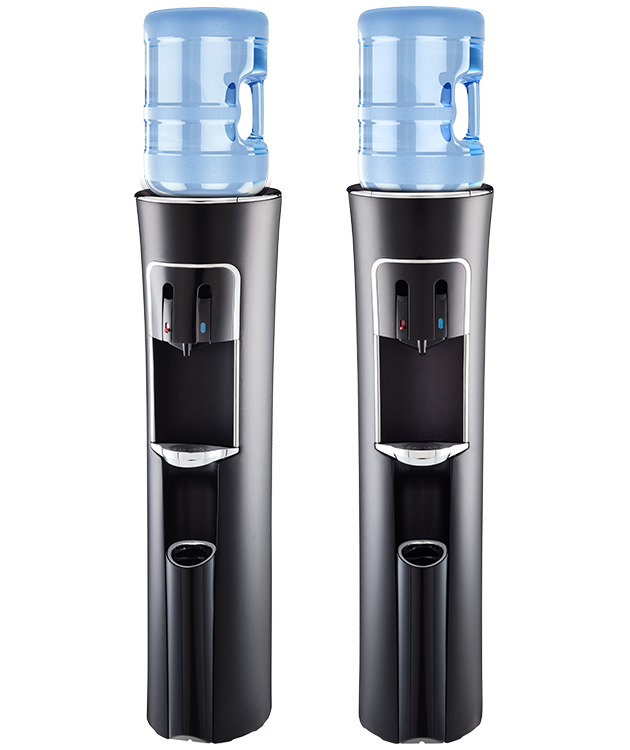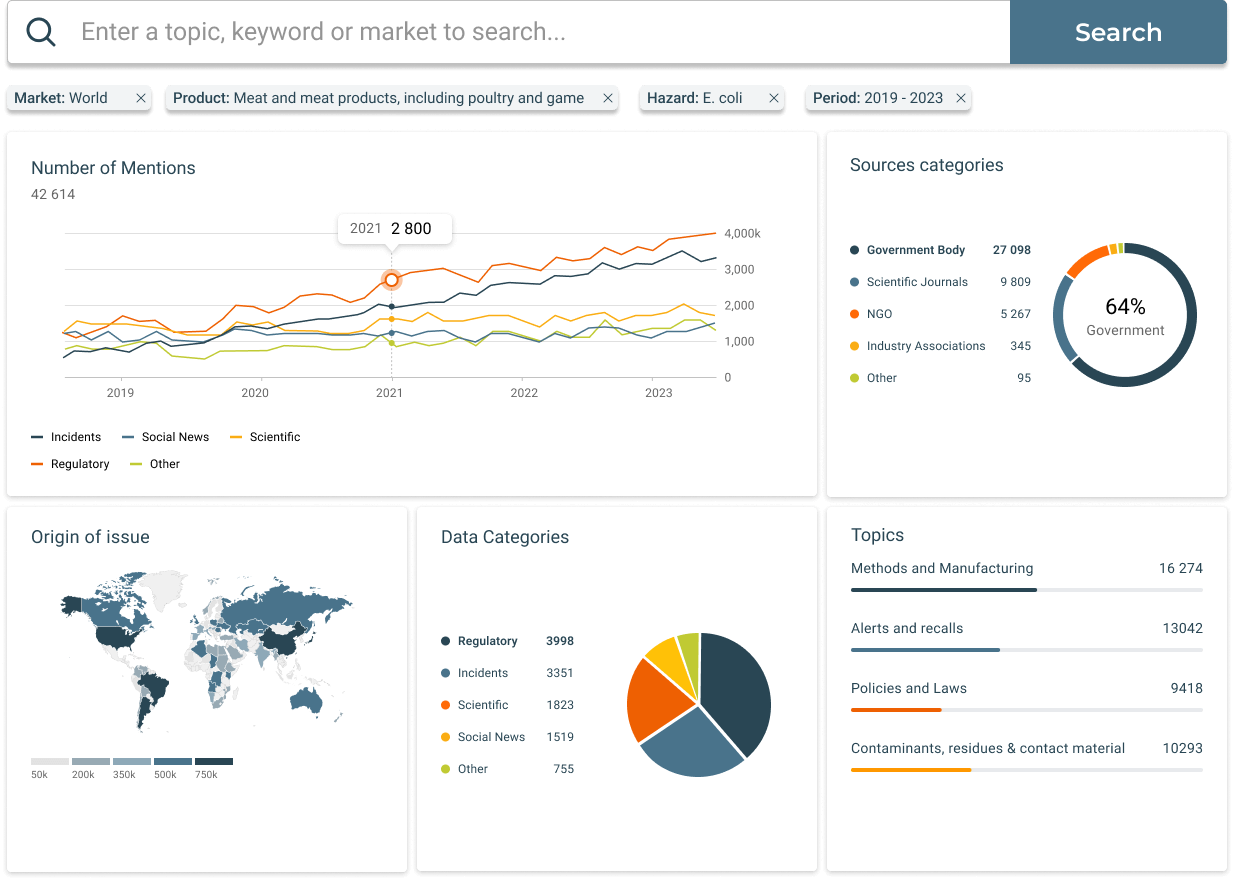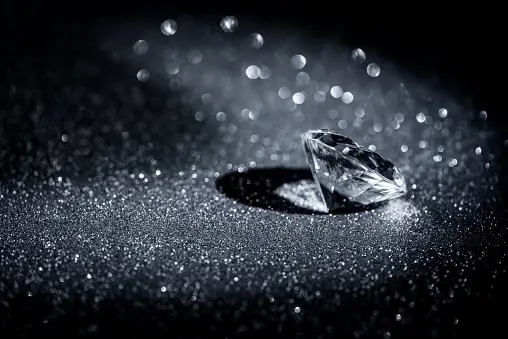
While access to clean drinking water is a basic human right, getting it at the exact temperature you want it in can be considered a luxury. Luckily, in many households, workplaces, and commercial establishments, hot and cold water dispensers are available as appliances of convenience that do away with traditional methods of heating and cooling water.
A hot and cold water dispenser, as the name suggests, dispenses both hot and cold water, so that everyone can enjoy a drink at the temperature of their choice. Have you ever found yourself marvelling at this genius invention and wondering how it works? Below, we break down some of the mysteries surrounding hot and cold water dispensers.
How Does A Hot And Cold Water Dispenser Work?
There are three main types of water dispensers, differentiated by the water source. These are mounted water dispensers, point-of-use water dispensers, and bottled water dispensers. Mounted water dispensers are otherwise known as water fountains and are used at outdoor public areas such as parks or boardwalks. They do not dispense hot and cold water, so we won’t be discussing them here.
Bottled water dispenser sare commonly referred to as “water coolers” in certain settings. They can be found in offices, hotels, hospitals, food courts, and other kinds of establishments, though they can also be present in homes, or wherever hot and cold drinking water is needed but there is no option to connect to a main water line. In this case, a five-gallon bottle of quality filtered water is upended onto the top of the dispenser. While certain advanced water dispensers offer different features, the basic principleofall bottled water dispensers is the same: water flows into reservoirs inside the unit where it is heated or cooled. Users can then get their hot or cold water from the appropriate funnels.

Point-of-usewater dispensers connect to the main water line. This means that they can be installed anywhere there is access to a main, whether it’s a residence or a place of business. The water from the line is usually put through an activated carbon filtering process first, which removes impurities that affect the taste and odour of the water, such as chlorine, sediments, and volatile organic compounds. From there, it’s a simple matter of heating the water. This is done by pushing it through a heating element that raises its temperature to up to 95 degrees Celsius, which kills any water-borne bacteria. After that, the water is safe enough to flow through to the faucet directly to you.
The process for cold water is a tad lengthier. After water is passed through the activated carbon filter, it enters a UV chamber, where ultraviolet light removes water-borne bacteria and micro-organisms. Carbon dioxide is also added if the dispenser has the option of providing carbonated or sparkling water. If not, it is put through a refrigerating system so that you can receive cold water at the tap.
What Are The Advantages And Disadvantages Of Hot & Cold Water Dispensers?
The main advantage of any hot and cold water dispenser is, of course, its ability to provide hot or cold water on demand. This allows people to have drinking water at the temperature of their choosing, expediting the process for those who would like to fix themselves a cup of coffee or tea, or just need to beat the heat with a cool, refreshing drink.
Bottled water dispensers are the perfect choice for people who do not wish to drink or dislike the taste of tap water. Since the water is already purified and filtered when it is delivered, there is also no need to subject it to further purification or filtering processes. It can also be fairly economical, especially in areas where water service is affordable. However, the water supply only lasts until your last five-gallon bottle; these units will require additional maintenance in order to ensure a steady supply of drinking water. They also need to be periodically inspected so that they can serve users for a long time.
The main advantage of point-of-use hot and cold water dispensers is that there is an unlimited supply of water from the water line, eliminating the need for water delivery, as is the case with a bottled water dispenser. It also requires a minimal amount of maintenance; once it’s installed, you can forget it’s even there, short of a critical failure.
What Should I Look For In A Hot Andcold Water Dispenser?
When choosing a water dispenser, look to your needs, as well as the availability of facilities. For instance, point-of-use hot and cold water dispensers cannot be installed in homes and residences where a rising main is not present, or if the water is held in a tank before it flows through the rest of the house.

If you do take your water from a rising main line, then a point-of-use water dispenser is the easy choice to make. You can choose from a number of units that are capable of giving not just hot, cold, and ambient or room temperature drinking water, but sparkling water as well. Anotherconsideration to keep in mind would be the capacity of the dispenser. Ideally, you should choose one that will be able to service all of users adequately. Processing the water can take time, so it’s good to pick a dispenser with a large enough capacity so that there’s always great-tasting drinking water at the right temperature at all times.
If you do not have a rising main, or just don’t want to drink water from it for whatever reason, then a free-standing bottled water dispenser can be your new best friend. Most of these units are not capable of producing sparkling or carbonated water, though, so keep that in mind if you happen to prefer it. You’ll also need to link up with a reliable water delivery service to ensure that filtered and purified drinking water is always available for your users. You may be able to set up a schedule for delivery to eliminate the need to call out for it when you’re running low on supply or have run out completely.
With such a wide variety of hot and cold water dispensers available on the market today, it shouldn’t be hard to find one that suits your use case and budget. Just keep our guidelines in mind when you’re out browsing for one so that you can choose the package that’s right for you.








